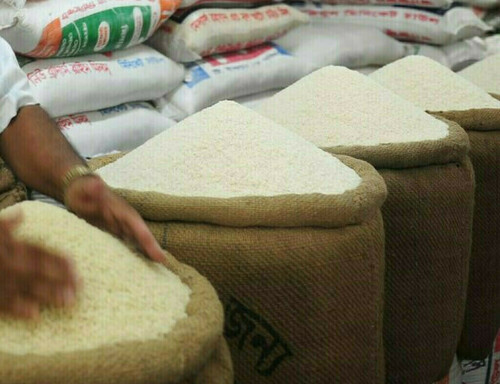Global Rice Prices Show Slight Increase Amid Fluctuating Demand
This week, the prices for rice originating from India and Thailand saw a modest increase, influenced by currency market dynamics. However, the gains were somewhat limited due to ongoing sluggish demand. Meanwhile, the price of Vietnamese rice remained relatively stable.
Indian Rice Prices Rebound
After hitting a 22-month low, Indian rice prices have bounced back. The 5% broken parboiled variety is now priced between $389 and $396 per metric ton, a slight increase from last week’s $388 to $394 range. This price rise was supported by a marginal strengthening of the Indian rupee against the U.S. dollar. The cost of Indian 5% broken white rice is currently between $382 and $388 per metric ton.
African Demand Remains Weak
According to an exporter based in Kolkata, African buyers are currently staying out of the market as they focus on clearing more expensive imports acquired in previous months.
As of April 1, India’s state rice reserves, which include unmilled paddy, reached a record high of 63.09 million tons. This figure significantly surpasses the government’s target of 13.6 million tons.
Thai Rice Prices Increase
In Thailand, the price of 5% broken rice has risen to $410 per ton, up from $405 the previous week, primarily due to shifts in exchange rates. A trader in Bangkok noted that currency values have driven the price increase.
The trader also expressed concern about the subdued demand, describing it as “very, very quiet” and highlighted that while supply has been strong this year, order volumes are lacking.
Vietnamese Rice Prices Steady
The Vietnam Food Association reported that Vietnam’s 5% broken rice was priced at $395 per metric ton on Thursday, showing little change from $396 a week earlier. A trader in Ho Chi Minh City mentioned that demand from buyers has not increased and that domestic supplies are currently low.
Traders have indicated that the government intends to purchase 220,000 tons of rice by the end of June for the national reserve.
Bangladesh Boosts Reserves
In other news, officials from the Food Ministry have announced that Bangladesh has commenced the purchase of 1.7 million tons of rice from local farmers during the ongoing harvesting season to augment its reserves.
As the world’s third-largest rice producer, Bangladesh is facing increasing pressure on consumers due to rising domestic rice prices.



Comments (0)
No comments yet. Be the first to comment!
Leave a Comment